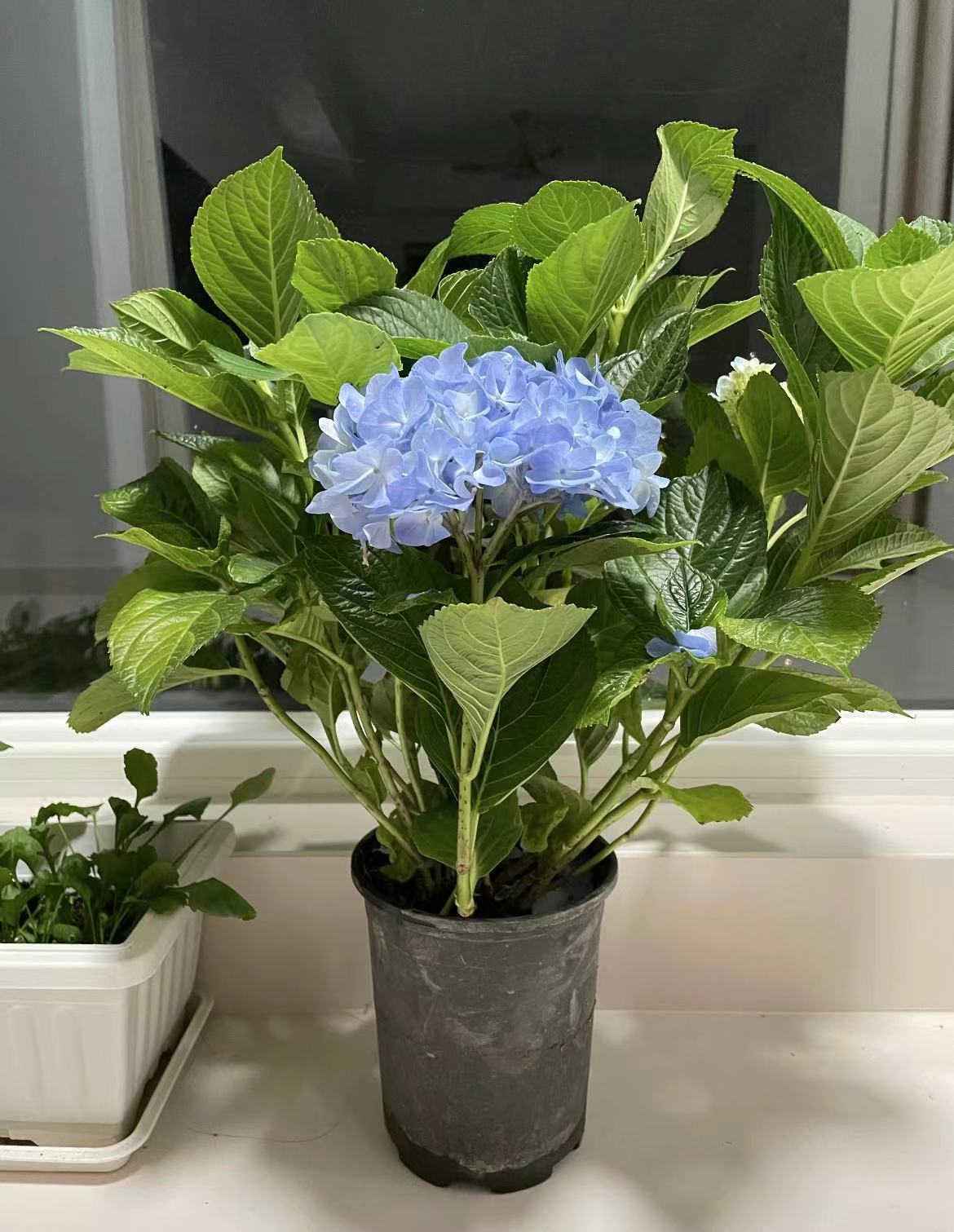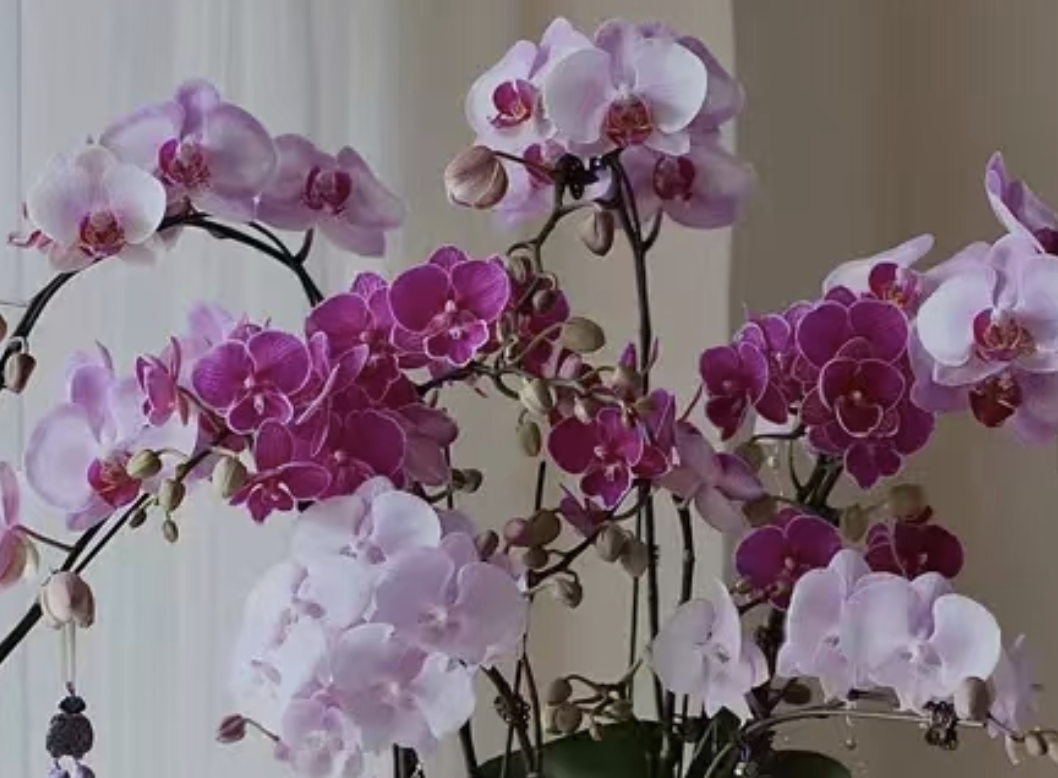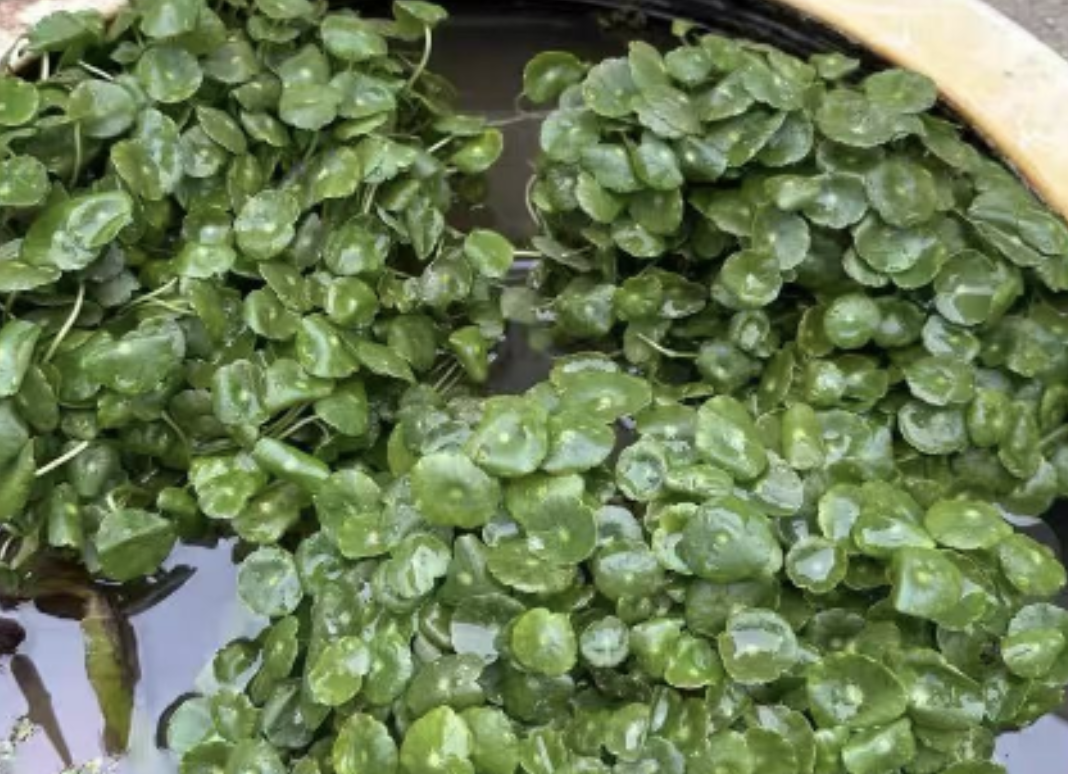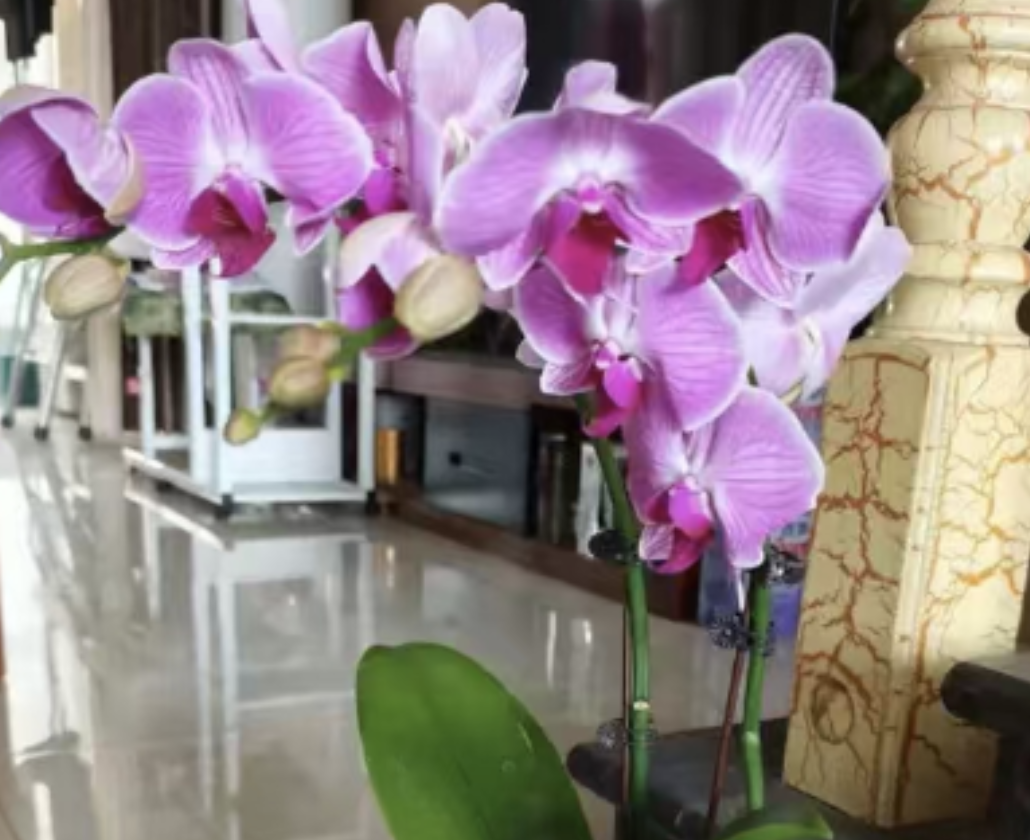Very often, newly bought flowers often wither gradually in our hands, which is extremely regrettable. In fact, if newly bought flowers cannot be kept alive, it is very likely that we have done the following five things that should not be done.
Eager to repot.
Many beginners, after just buying flowers, seeing that the original flowerpot is not beautiful enough or thinking that the flowerpot is too small, can't wait to change the flower to a larger and more beautiful flowerpot. This is a very wrong approach. Newly bought flowers are often still in the stage of adapting to the new environment. At this time, their root systems are relatively fragile. If you rashly repot, it is easy to damage the root system and affect the normal growth of the flowers. Moreover, the newly changed soil environment may also be very different from the original soil. The flowers need to adapt again, which undoubtedly increases the survival pressure of the flowers. The correct approach is to let the newly bought flowers adapt in the original pot for a period of time, generally at least one to two weeks. After the flowers adapt to the new environment and grow stably, then consider repotting.
Excessive watering.
Watering is an important link in the process of raising flowers. However, for newly bought flowers, excessive watering is fatal. Many people think that newly bought flowers need more watering to grow well. In fact, this is not the case. Different flowers have different water needs. Moreover, newly bought flowers may have some damage during transportation. At this time, if there is too much watering, it is easy to cause root rot. In addition, excessive watering will also make the soil too moist, breed bacteria and fungi, and cause pests and diseases. We should water reasonably according to the variety and growth state of the flowers and keep the soil moderately moist. You can judge whether watering is needed by observing the dryness and wetness of the soil. Generally speaking, it is more appropriate to water when the soil surface is dry.
Frequent fertilization.
Fertilization can provide the nutrients needed for the growth of flowers. However, for newly bought flowers, frequent fertilization is not a good thing. Newly bought flowers usually have been fertilized in the flower market, and they are still adapting to the new environment. At this time, excessive fertilization will burden the flowers. Excessive fertilizer will burn the root system and affect the normal growth of the flowers. At the same time, different flowers have different needs for fertilizer. We should choose the appropriate fertilizer according to the variety and growth stage of the flowers and fertilize according to the correct method and dose. During the period when the newly bought flowers adapt to the new environment, you can temporarily not fertilize. After the flowers grow stably, fertilize appropriately according to needs.
Arbitrarily place.
The placement of flowers also has a great impact on their growth. After many people buy flowers, they place them casually in one place without considering factors such as light, temperature, and ventilation. Some flowers like an environment with sufficient sunlight, while some flowers like a semi-shady environment; some flowers are cold-resistant, while some flowers have higher temperature requirements. If the placement is improper, the flowers will grow poorly. We should choose a suitable placement according to the habits of the flowers so that the flowers can get sufficient sunlight, suitable temperature and good ventilation. For example, light-loving flowers can be placed in a place with sufficient sunlight such as a balcony or window sill, while shade-loving flowers can be placed in a bright indoor place without direct sunlight.
Neglect pest control.
Newly bought flowers may carry some pests and diseases, or they are easily invaded by pests and diseases during the process of adapting to the new environment. If we neglect pest control, the growth of flowers will be seriously affected. After buying flowers, we should carefully inspect the leaves, flowers and branches of the flowers to see if there are any signs of pests and diseases. If pests and diseases are found, take timely measures to control them. You can use some environmentally friendly insecticides and fungicides for spraying, or adopt physical control methods, such as wiping the leaves with a damp cloth and removing the parts with pests and diseases. At the same time, keep the growth environment of the flowers clean and hygienic, regularly clean up fallen leaves and residual flowers to reduce the breeding of pests and diseases.
Why can't newly bought flowers be kept alive?

Share with
Tagged in :




Leave a Reply